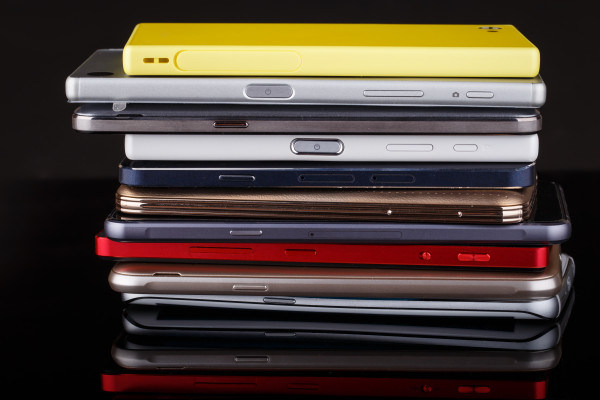
Essential Tips for Maintaining Your Phone or Tablet
Just as you need a little TLC from time to time, so does your beloved phone or tablet! Proper maintenance and care are key to ensuring your device stays in top condition for as long as possible.
Here we share some essential tips and tricks for keeping your device running smoothly. From cleaning techniques to battery optimisation and storage management, we've got you covered!
1. Keep It Clean:
One of the simplest yet most effective ways to maintain your device is by keeping it clean. Over time, dust, dirt, and grime accumulates on your phone or tablet, which can cause performance issues and even hardware damage. So to prevent this, regularly wipe down your device with a soft, lint-free cloth to remove any buildup. Pay particular attention to the screen, camera lenses, and ports, as these areas are most prone to collecting dirt and debris. Avoid using harsh chemicals or abrasive materials, as these can damage the device's casing.
2. Protect Your Screen:
The screen is perhaps the most vulnerable part of your phone or tablet, as it's constantly exposed to the risk of scratches or cracks. To protect your screen from damage, invest in a high-quality screen protector. These thin, transparent films adhere to the surface of your device's screen, providing an additional layer of protection against scratches, smudges, and impacts. Additionally, be mindful of where you place your device to avoid accidentally dropping it or exposing it to rough surfaces or sharp objects like keys.
3. Use a Case:
In addition to a screen protector, using a protective case is another great way to safeguard your phone or tablet from damage. There’s a ton of designs and styles to choose from, from sturdy, impact protection cases to water resistant, or added functionality like card slots or kickstands. A well-designed case can help absorb shock from accidental drops and bumps, reducing the risk of damage to your device's internal components.
4. Manage Your Battery:
To ensure optimal battery performance and keep it ‘ticking’ for longer, avoid letting your device's battery drain completely before recharging it, as this can cause unnecessary wear and tear. Instead, aim to keep your battery level between 20% and 80% whenever possible. Additionally, consider calibrating your battery occasionally by fully charging and discharging it to recalibrate the battery gauge and improve accuracy. And use only certified chargers and cables that are compatible with your device to prevent overheating, overcharging, or short circuits.
5. Optimise Storage:
To optimise performance, delete unused apps and files, transfer photos and videos to cloud storage or external drives, and clear app caches and temporary files. Also consider using built-in storage management tools or third-party apps to identify and remove large or redundant files taking up space on your device.
6. Update Software Regularly:
Software updates are essential for maintaining the security, stability, and performance of your phone or tablet. Manufacturers regularly release updates that include bug fixes, security patches, and new features, so it's important to install them as soon as they become available. Set up automatic updates on your device to ensure you're always running the latest software version.
7. Keep It Cool:
Excessive heat can be detrimental to your phone or tablet's performance and battery life, so it's important to keep it cool. Avoid direct sunlight, don’t leave it in hot cars, or near heat sources like radiators or ovens. If your device feels hot to the touch or displays warnings about overheating, turn it off and allow it to cool down before using it again.
8. Backup Your Data:
Data loss can occur due to hardware failure, software issues, or accidental damage, so make sure you backup your important data. Use built-in backup features such as iCloud for iOS devices or Google Drive for Android devices. There’s also plenty of third-party cloud storage services or external hard drives for additional backup options. Set up automatic backups whenever possible to ensure your data is consistently backed up without manual intervention.
Despite your best efforts, problems may still crop up. And as tempting as it may be, trying to repair or troubleshoot yourself may make the problem worse or void your device's warranty or insurance. So, if in doubt, visit an authorised repairer and get it checked out. Or if you have insurance, then contact your insurer and get advice on the next steps.

